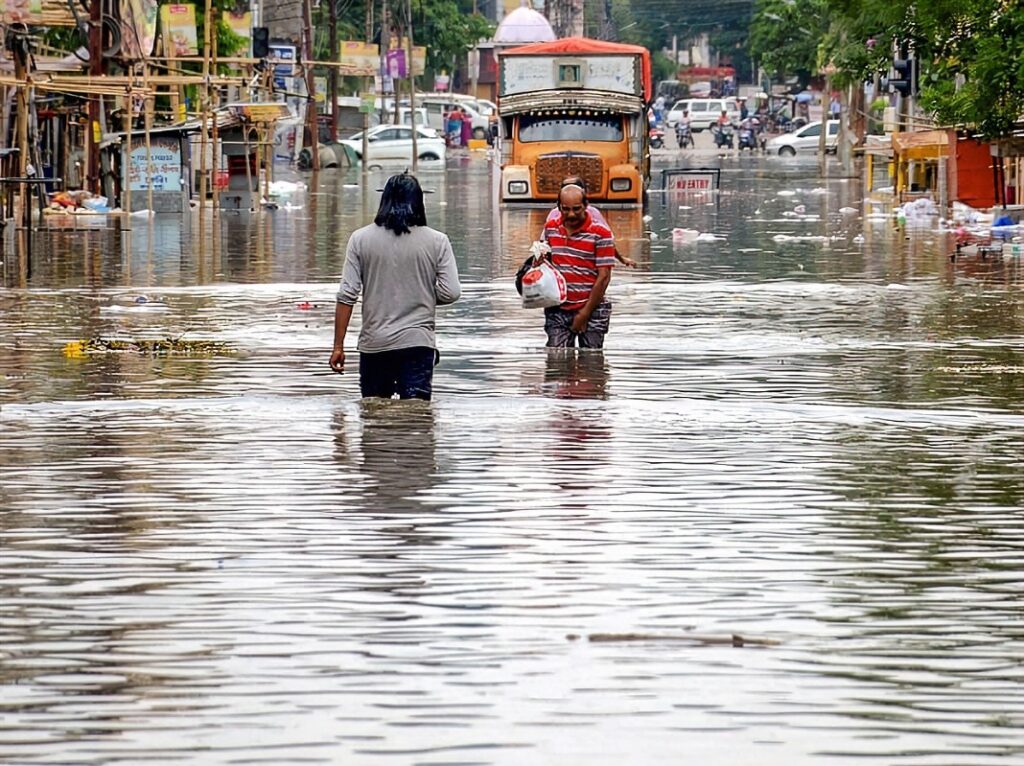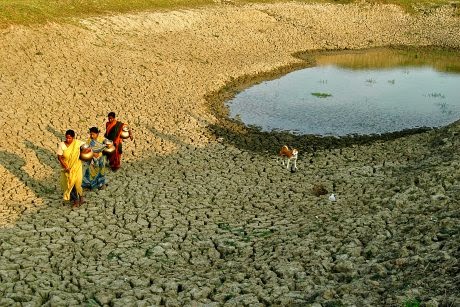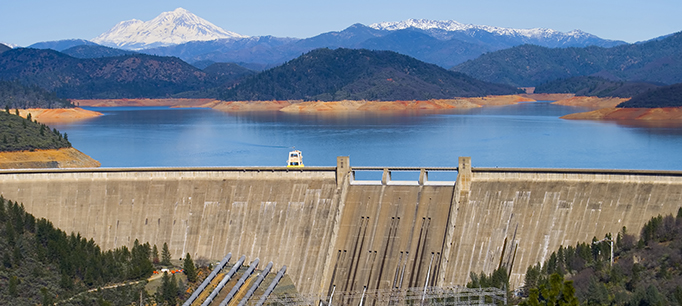
Introduction
Water is crucial for life. Storing water during both the monsoon and dry seasons is vital to ensure a consistent water supply throughout the year to meet daily needs. In India, over 70 percent of the annual rainfall occurs during the three months of the southwest monsoon. However, most of this precipitation runs off to the sea, leading to water scarcity during dry seasons, particularly in regions with limited irrigation coverage. Stepwells are very deep, so water stored in them does not evaporate easily, making it available for use during dry seasons. During the monsoon, there may be instances of localized flooding or disruptions to water supply.

Tips to store water
Preparing for monsoon season
Rainwater Harvesting: Implement rainwater harvesting systems like rooftop catchment and guttering to collect rainwater efficiently. Rainwater harvesting, is crucial for water conservation, especially during the monsoon season. This method helps reduce the demand for traditional water sources like groundwater and surface water.
Utilize Natural Features: Identify low-lying areas or natural depressions to create ponds or reservoirs for storing rainwater, which can be used for various purposes, including irrigation and replenishing groundwater. This approach not only aids in water management but also contributes to sustainable land use.
Invest in Proper Storage: Investment in proper water storage is an intelligent decision, particularly in sustainable water management. Sealed water storage tanks can help to retain rainwater and minimize contamination and evaporation.
Manage Runoff: Construct swales, contour trenches, or check dams to slow down surface runoff and promote infiltration for groundwater recharge. These measures can help mitigate the impact of runoff, reduce erosion, and support the replenishment of groundwater resources.

Preparing for dry season
Optimize Irrigation: Utilize water-efficient techniques such as drip irrigation to minimize water loss and maximize crop uptake. This involves delivering water directly to the roots of plants, reducing evaporation and runoff.
Prioritize Usage: Allocate stored water based on essential needs like drinking water, household use, and critical agricultural activities. It’s important to ensure that water is distributed equitably and that essential needs are met first.
Conserve Water: Encourage conservation practices like fixing leaks, using water-saving appliances, and adopting drought-resistant crops. Additionally, implementing mulching techniques in agriculture can help retain soil moisture and reduce water usage.
Reuse Water: Explore options for reusing treated wastewater or greywater for non-potable purposes to reduce demand on freshwater sources. This can involve using treated wastewater for irrigation or greywater for flushing toilets and other non-drinking purposes. Monitor Levels: Regularly monitor water levels in storage facilities to track availability and implement timely interventions. This can involve using sensors and automated systems to ensure efficient water management and prevent shortages.
Solutions and challenges
Seasonal water storage solutions are essential for efficiently managing water resources, particularly in regions susceptible to seasonal fluctuations in water availability. These solutions include rainwater harvesting, desalination, water banking, aquifer storage and recovery. Rainwater harvesting involves collecting and storing rainwater for later use, which reduces reliance on municipal water sources and mitigates runoff. Desalination provides a reliable freshwater source in coastal areas but requires significant energy inputs and can be expensive. Water banking entails storing excess surface or groundwater underground during wet seasons for later retrieval during dry periods, ensuring water security and mitigating drought impacts. These strategies, combined with inter-basin water transfer, smart water management, and managed aquifer recharge, contribute to sustainable water management practices. However, emerging challenges such as increasing water demand, climate change-induced variability, and infrastructure limitations highlight the importance of continuous innovation and investment in seasonal water storage infrastructure and conservation methods.



